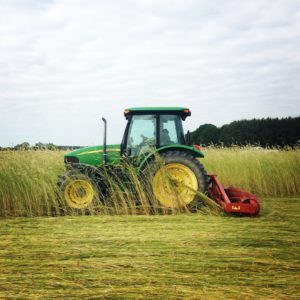
Got Organic Certification Questions?
Are you considering becoming USDA certified organic? Not sure where to start? We’ve updated out page on becoming USDA certified organic, …


El inglés es el idioma de control de esta página. En la medida en que haya algún conflicto entre la traducción al inglés y la traducción, el inglés prevalece.
Al hacer clic en el enlace de traducción se activa un servicio de traducción gratuito para convertir la página al español. Al igual que con cualquier traducción por Internet, la conversión no es sensible al contexto y puede que no traduzca el texto en su significado original. NC State Extension no garantiza la exactitud del texto traducido. Por favor, tenga en cuenta que algunas aplicaciones y/o servicios pueden no funcionar como se espera cuando se traducen.
Inglês é o idioma de controle desta página. Na medida que haja algum conflito entre o texto original em Inglês e a tradução, o Inglês prevalece.
Ao clicar no link de tradução, um serviço gratuito de tradução será ativado para converter a página para o Português. Como em qualquer tradução pela internet, a conversão não é sensivel ao contexto e pode não ocorrer a tradução para o significado orginal. O serviço de Extensão da Carolina do Norte (NC State Extension) não garante a exatidão do texto traduzido. Por favor, observe que algumas funções ou serviços podem não funcionar como esperado após a tradução.
English is the controlling language of this page. To the extent there is any conflict between the English text and the translation, English controls.
Clicking on the translation link activates a free translation service to convert the page to Spanish. As with any Internet translation, the conversion is not context-sensitive and may not translate the text to its original meaning. NC State Extension does not guarantee the accuracy of the translated text. Please note that some applications and/or services may not function as expected when translated.
Collapse ▲
Are you considering becoming USDA certified organic? Not sure where to start? We’ve updated out page on becoming USDA certified organic, …
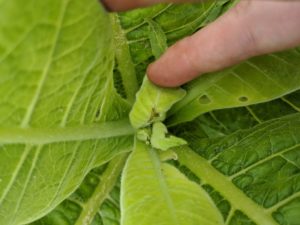
A new insecticide, Steward, has recently been registered in tobacco. Steward, with the active ingredient indoxacarb, is labeled for …
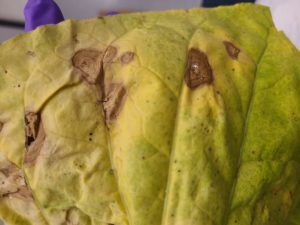
Persistent wet weather conditions continue to cause issues for tobacco diseases across the state. In particular, target spot, caused …
Recent weather conditions have favored several diseases in tobacco. Most pathogens that we manage in tobacco are most severe …
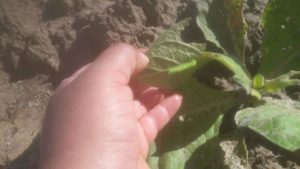
This is the ninth weekly TSWV and tobacco thrips risk assessment update. Third generation flights have now occurred at all …
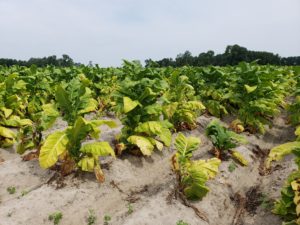
This is the sixth of our weekly TSWV and tobacco thrips risk assessment updates. Third generation flights have now …
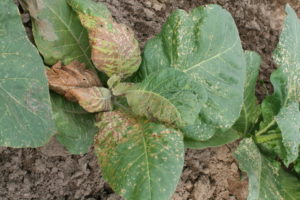
This is the third of our weekly TSWV and tobacco thrips risk assessment updates. Cool weather has continued to …
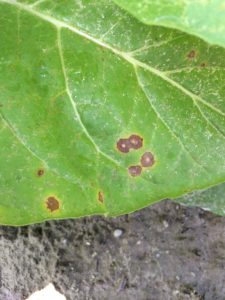
April 9, 2020- As upside down as the world seems right now, the 2020 tobacco season continues to march forward. …

Managing tomato spotted wilt virus (TSWV) in North Carolina tobacco requires both pre transplant and post transplant decisions, which …
Chlorpyriphos is an organophosphate insecticide that has been the topic of recent regulatory review. The federal Environmental Protection Agency …
Hurricane Florence has brought damaging rains, winds, and flooding to North Carolina with, in some areas, tobacco still being on the stalk. Continuing …
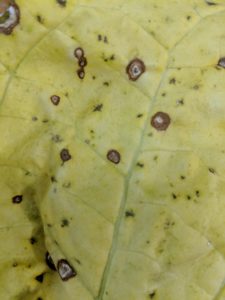
Environmental conditions this growing season have been conducive for several pathogens in flue-cured tobacco. Frogeye leaf spot (Cercospora nicotianae) has …
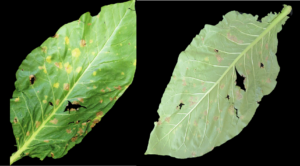
Tobacco blue mold was confirmed (July 11, 2017) in commercial tobacco in Caswell County, North Carolina by the Plant …
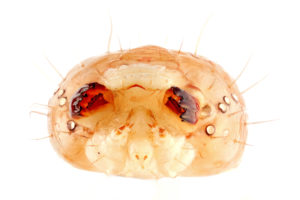
Tobacco budworms (Heliothis veriscens) and corn earworms (Helicoverpa zea) are two common crop-damaging caterpillars. They both feed on a …
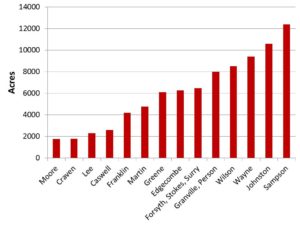
As part of our annual flue-cured tobacco production surveys, we ask county extension agents questions about current insect pest-control …
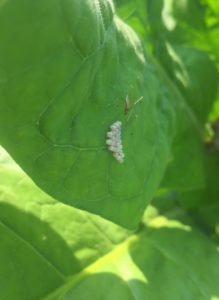
Graduate student Pete Nelson has been busy studying the biology of spined stilt bugs in tobacco in order to …

The insecticide toolbox in tobacco has changed significantly during the past year. As many growers and extension personnel are …

Our laboratory has recently published a study which measured the differences between our current integrated pest management (IPM) recommendations for tobacco …
The North Carolina Department of Agriculture & Consumer Services (NCDA & CS) is offering organic growers the opportunity to …
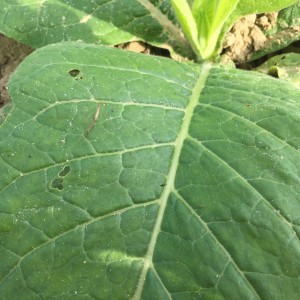
Last week while scouting my plots at Kinston and Rocky Mount, I spotted two predatory insects: big-eyed bugs and …

Gummy stem blight is caused by several closely related fungal pathogens in the genus Stagonosporopsis …
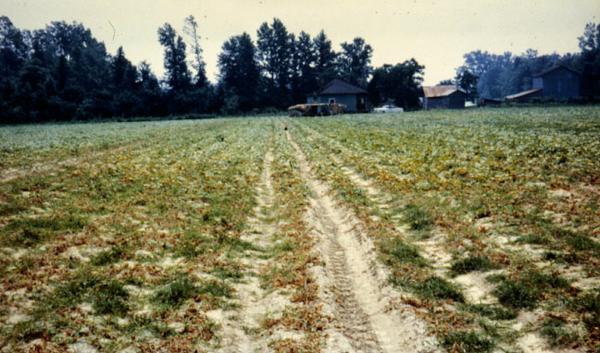
This vegetable pathology factsheet describes the identification and treatment of anthracnose in cucurbits.
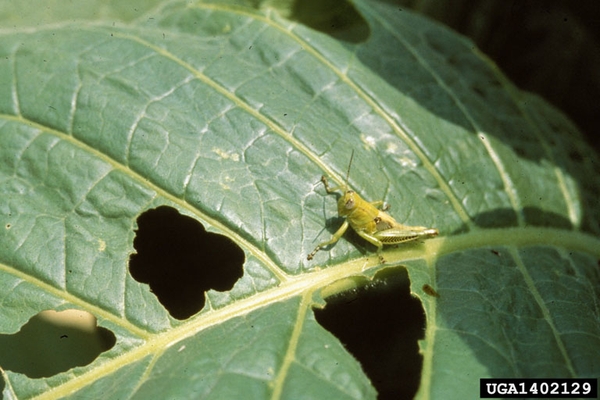
Several species of grasshoppers can cause foliar feeding damage in tobacco. They are typically most …

This Extension publication provides an overview of the tobacco budworm (Chloridea virescens), a common pest …

This factsheet summarizes the characteristics of bees and addresses how to control them as an …

This publication discusses Anthracnose Fruit Rot (Colletotrichum sp.) of blueberries in detail. Included are the …

This factsheet describes the symptoms of a shoot inhibitor herbicide injury.

This factsheet describes the symptoms of a metribuzin herbicide injury.